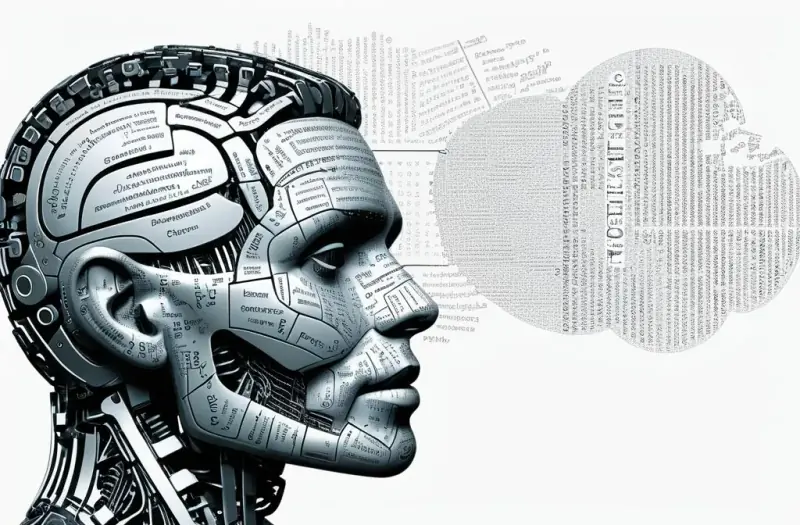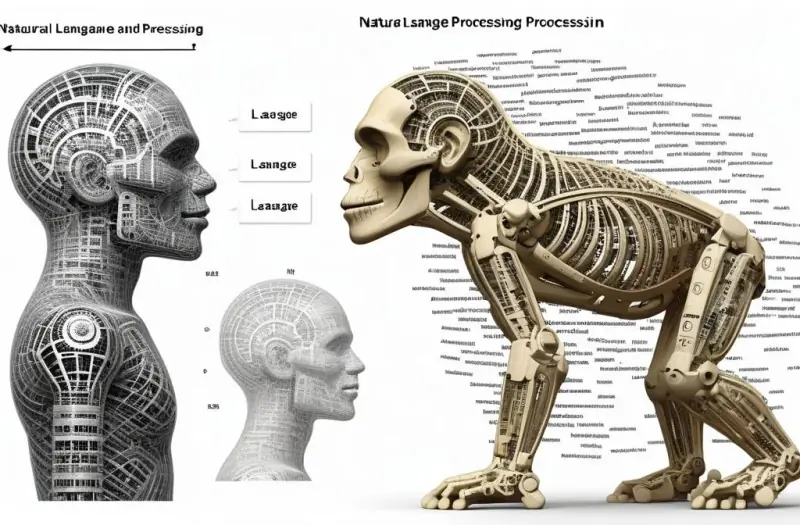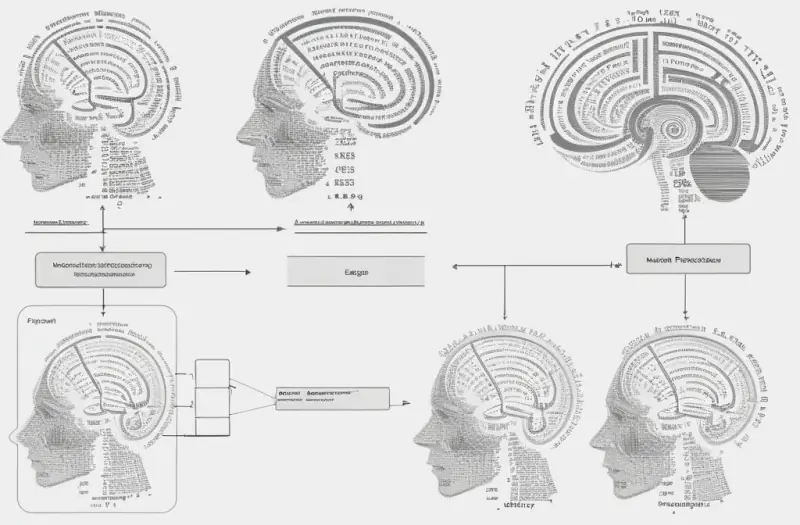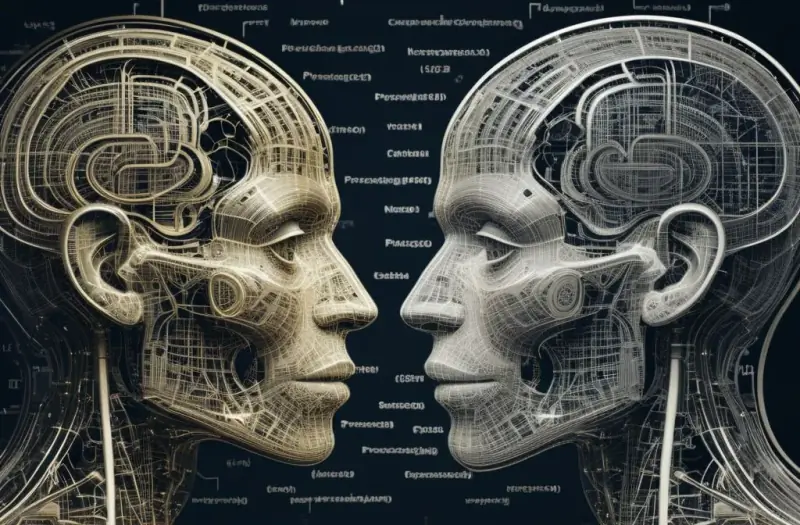Natural Language Processing: Insights & Applications

Table of Contents
Natural Language Processing (NLP) has become a cornerstone of artificial intelligence, transforming how we interact with technology. From enabling voice assistants to enhancing customer service chatbots, NLP’s evolution is nothing short of remarkable. In this article, we will explore the journey of NLP, its applications, and the profound impact it has on various industries, particularly here in Canada.
The Journey of Natural Language Processing

The concept of NLP dates back to the 1950s when the first attempts to enable machines to understand human language began. Early efforts focused on simple rule-based systems that could parse text and identify grammatical structures. However, these systems often struggled with the complexities of human language, such as idioms and context.
As technology advanced, so did the approaches to NLP. The introduction of statistical methods in the 1990s marked a significant turning point. Researchers began to employ machine learning techniques, allowing systems to learn from data rather than relying solely on predefined rules. This shift paved the way for more sophisticated applications, enabling computers to understand context and nuances in language.
Key Components of NLP
Natural Language Processing comprises several key components that work together to process and understand human language. These components include:
Natural Language Understanding (NLU): This involves interpreting and understanding the meaning behind text, enabling machines to grasp intent and context.
Natural Language Generation (NLG): This is the process of producing human-like text from structured data, allowing machines to communicate effectively.
Text Analytics: Involves analyzing text data to extract insights and patterns, often employing techniques such as sentiment analysis and text mining.
Speech Recognition: This technology converts spoken language into text, facilitating voice-activated systems and applications.
Conversational AI: Combines various NLP techniques to create chatbots and virtual assistants that can engage in human-like conversations.
As we delve deeper into these components, it’s important to recognize how they collectively enhance human-computer interaction, making our experiences with technology more intuitive.
Applications of Natural Language Processing

NLP has found its way into various sectors, providing innovative solutions and improving efficiency. Here are some notable applications:
Customer Support
In the realm of customer service, conversational AI has transformed how businesses interact with their customers. Chatbots powered by NLP can understand queries, provide instant responses, and even escalate issues to human agents when necessary. This not only enhances customer satisfaction but also reduces operational costs for businesses.
Healthcare
In healthcare, NLP is revolutionizing patient care. By analyzing clinical notes, patient feedback, and research papers, NLP tools can help healthcare professionals identify trends, improve patient outcomes, and even assist in diagnostics. For instance, sentiment analysis can gauge patient emotions, allowing for better mental health support.
Content Creation and Curation
NLP tools are also enhancing content creation. From automated news generation to personalized marketing content, these systems can analyze vast amounts of data to produce relevant material. Text classification and tokenization are often used to categorize information, making content curation more efficient.
Academic Research
In academia, NLP assists researchers by enabling effective information retrieval. Tools that employ semantic analysis help researchers locate relevant studies quickly, streamlining the literature review process. Furthermore, discourse analysis can reveal patterns in academic writing, contributing to better understanding and improvements in scholarly communication.
The Role of Machine Learning in NLP
Machine learning has played a pivotal role in advancing NLP capabilities. By leveraging algorithms that can learn from vast datasets, NLP systems can continually improve their understanding of language. Key techniques include:
Deep Learning for NLP: This approach utilizes neural networks to process language data, significantly enhancing the accuracy of tasks such as sentiment analysis and speech recognition.
Language Modeling: Through statistical methods, machines can predict the likelihood of a sequence of words, which is crucial for applications like predictive text and grammar correction.
Named Entity Recognition: This technique identifies and classifies key entities within text, such as names, locations, and organizations, facilitating more effective information extraction.
These techniques not only improve existing applications but also open the door to new possibilities in NLP research and development.
Future Trends in NLP

As technology evolves, so too do the trends shaping the future of NLP. Some anticipated advancements include:
Enhanced Multilingual Support: As the world becomes more interconnected, the demand for NLP systems that can understand and generate multiple languages will increase.
Improved Contextual Understanding: Future NLP models will likely focus on better grasping the nuances of context, allowing for more accurate interpretations of user intent.
Integration with Other AI Disciplines: The fusion of NLP with other AI technologies, such as computer vision and robotics, promises to create even more sophisticated applications.
These trends reflect the ongoing commitment to making human-computer interaction as seamless as possible.
FAQs About Natural Language Processing
What is Natural Language Processing?
Natural Language Processing is a field of artificial intelligence that focuses on the interaction between computers and humans through natural language.
How does NLP differ from traditional programming?
While traditional programming relies on explicit instructions, NLP utilizes algorithms and machine learning to interpret and generate human language.
Can NLP understand multiple languages?
Yes, NLP systems are increasingly capable of processing and generating text in multiple languages, although proficiency can vary by language.
What industries benefit from NLP?
Industries such as healthcare, finance, marketing, and education are among those that significantly benefit from the applications of NLP.
Is NLP only about text?
No, NLP also encompasses speech recognition and synthesis, allowing for interaction through spoken language.
Conclusion
The evolution of Natural Language Processing has revolutionized the way we interact with technology. From improving customer support to enhancing healthcare outcomes, NLP has become an integral part of our digital landscape. As we continue to explore its applications and advancements, it’s clear that NLP holds immense potential for the future.
Key Takeaways
- NLP has evolved from simple rule-based systems to sophisticated machine learning applications.
- Key components include Natural Language Understanding, Natural Language Generation, and Speech Recognition.
- NLP finds applications in various sectors, including customer support, healthcare, and content creation.
- Machine learning techniques, particularly deep learning, play a crucial role in enhancing NLP capabilities.
- Future trends indicate a focus on multilingual support, improved contextual understanding, and integration with other AI technologies.
Through this journey, we at [Your Company Name] are excited to witness how NLP will continue to shape our interactions and experiences with technology in Canada and beyond.
Popular Tags
ADS SPACE HERE
